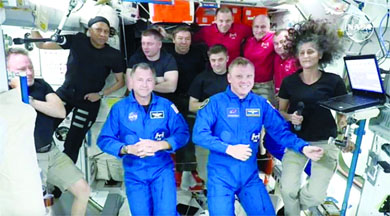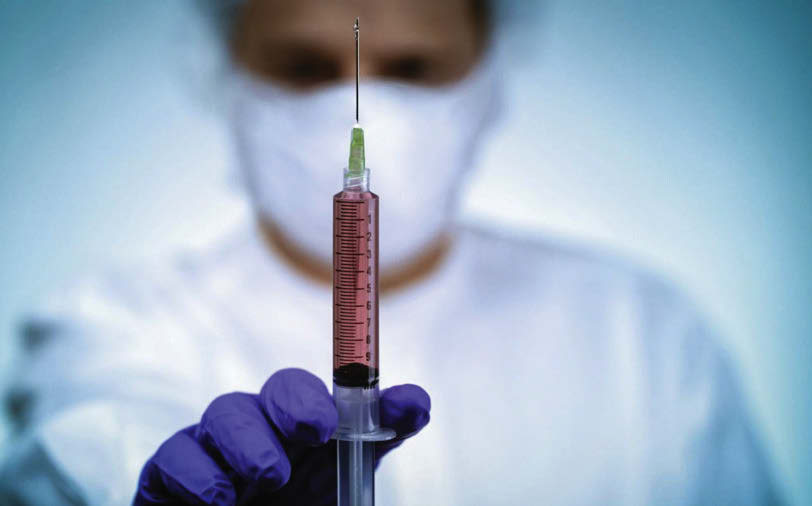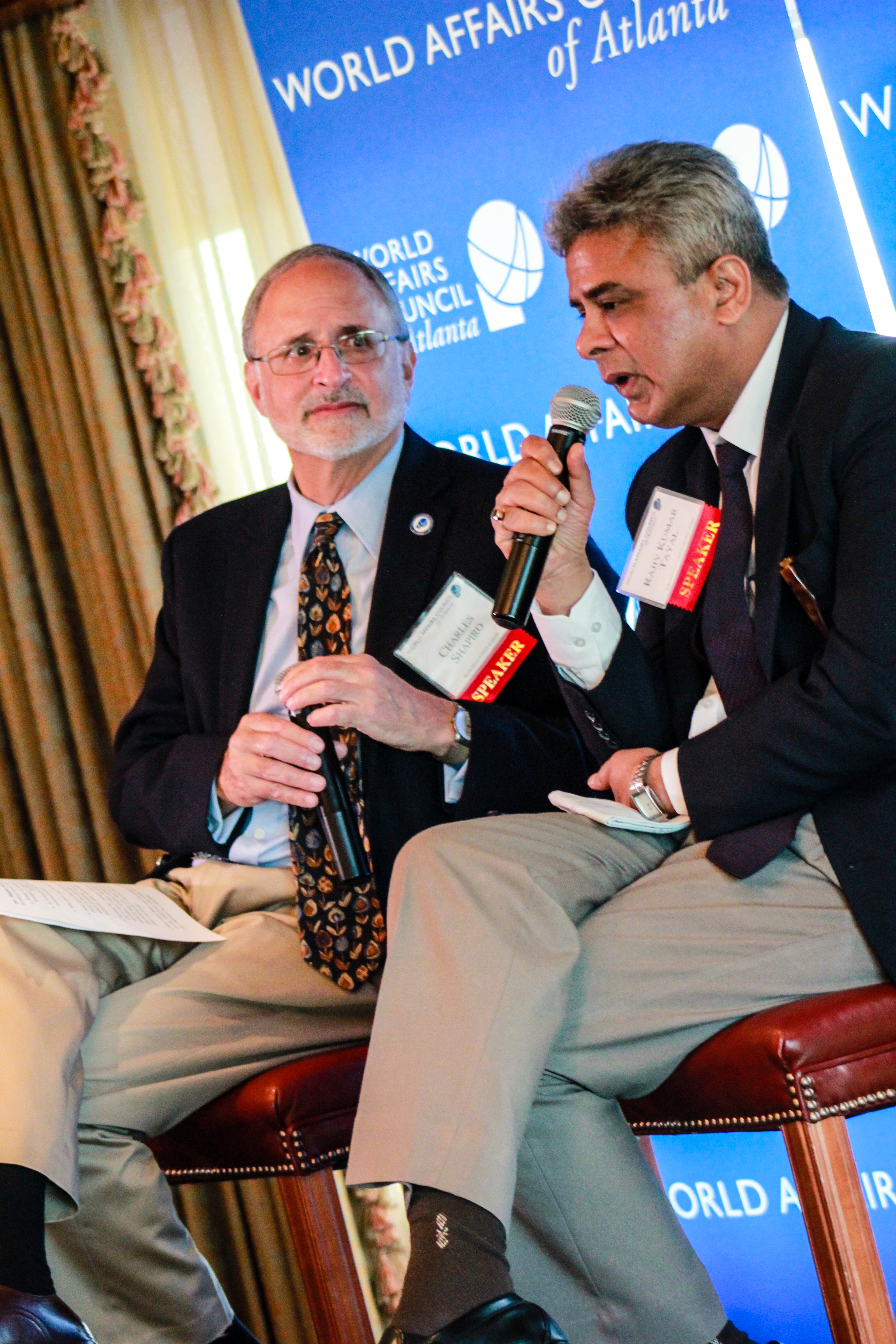
NASA astronaut Nick Hague and Roscosmos cosmonaut Aleksandr Gorbunov embarked on a special mission to the International Space Station (ISS) aboard the SpaceX Dragon capsule. Their main objective was to bring back NASA astronauts Sunita Williams and Butch Wilmore, who had been stranded on the ISS since June 2024. The tension of uncertainty loomed over the entire mission, but hope and determination fueled their journey.
Upon successfully docking the Dragon capsule with the ISS on a serene Sunday, the atmosphere onboard transitioned from apprehension to elation. As Hague and Gorbunov stepped onto the space station, they were warmly greeted by the Expedition 72 crew, which included NASA astronauts Sunita Williams and Butch Wilmore. The sense of relief and joy was palpable as the crew embraced the returning astronauts.
The entire crew, comprising a mix of NASA and Roscosmos astronauts, worked in harmony to ensure a smooth transition for the arrival of Hague and Gorbunov. The space station buzzed with activity as preparations were made for the return journey of Williams and Wilmore aboard the Dragon spacecraft, scheduled for the following year.
Amid this momentous occasion, NASA’s Johnson Space Center shared the official welcome on social media, marking the significance of the reunion in space. With the temporary increase in the crew size to accommodate the new arrivals, the space station became a bustling hub of international collaboration and scientific exploration.
Meanwhile, the rescue mission launched by SpaceX unfolded against a backdrop of challenges posed by external factors such as high winds and rain due to Hurricane Helene. Despite the hurdles, the successful arrival of the crew at the ISS underscored the resilience and dedication of the astronauts involved.
The Dragon capsule, carrying NASA astronaut Nick Hague and Russia’s Alexander Gorbunov, will stay docked at the ISS until February, extending Wilmore and Williams’ mission to over eight months instead of the originally planned week-long trip. Two NASA astronauts were removed from the return mission to make room for Wilmore and Williams.
Williams, the space station commander, welcomed Hague and Gorbunov, saying, “I just want to say welcome to our new compadres,” as the newcomers were embraced by the station’s crew of nine. Hague reflected on the journey, noting the smooth flight and the emotional moment of arrival, predicting an “amazing expedition” ahead.
Boeing’s Starliner faces scrutiny after capsule safety concerns
NASA generally rotates station crews every six months, and since 2020, SpaceX has been responsible for astronaut transportation. Boeing, initially contracted for ferry flights, faced multiple delays and over $1 billion in repairs due to software glitches and other issues with its Starliner capsule. Post-flight inspections and data reviews of Starliner are currently underway at NASA’s Kennedy Space Center, though NASA hasn’t given up on Boeing entirely, according to Jim Free, NASA’s associate administrator.
With the arrival of the new astronauts, the four who have been aboard since March are set to return to Earth in a week using their SpaceX capsule, bringing the ISS crew back to its usual size of seven. Their stay was extended by a month due to the Starliner complications. While Saturday’s SpaceX launch went smoothly, a malfunction in the rocket’s upper stage caused it to miss its targeted Pacific Ocean impact zone, prompting SpaceX to suspend Falcon launches until the issue is resolved.





NASA Artemis mission latest news